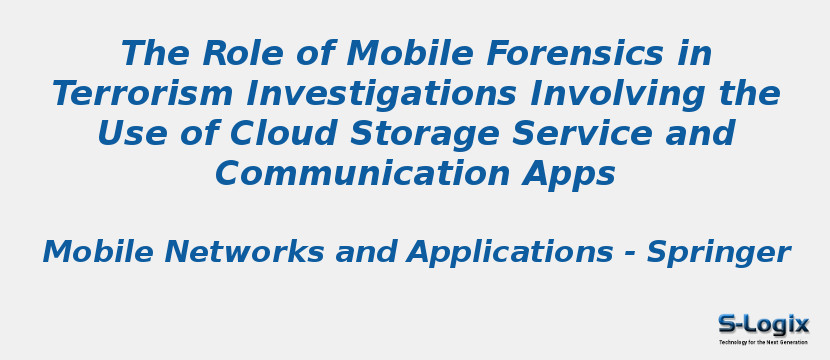Research Area: Digital Forensics
Mobile technologies can be, and have been, exploited in terrorist activities. In this paper, we highlight the importance of mobile forensics in the investigation of such activities. Specifically, using a series of controlled experiments on Android and Windows devices, we demonstrate how mobile forensics techniques can be used to recover evidentiary artefacts from client devices. There are three simulation scenarios, namely: (1) information propagation, (2) information concealment and (3) communications. The experiments used three popular cloud apps (Google Drive, Dropbox, and OneDrive), five communication apps (Messenger, WhatsApp, Telegram, Skype and Viber), and two email apps (GMail and Microsoft Outlook). The evidential data was collected and analysed using mobile forensics and network packet analyser tools. The correlation of evidence artefacts would support to infer illegal use of mobile devices. This study also highlights the extent of acquired evidence between Android and Windows devices, in which Android presents more evidentiary value.
Keywords:
Author(s) Name: Niken Dwi Wahyu Cahyani, Nurul Hidayah Ab Rahman, William Bradley Glisson & Kim-Kwang Raymond Choo
Journal name: Mobile Networks and Applications
Conferrence name:
Publisher name: Springer
DOI: 10.1007/s11036-016-0791-8
Volume Information: volume 22, pages240–254 (2017)
